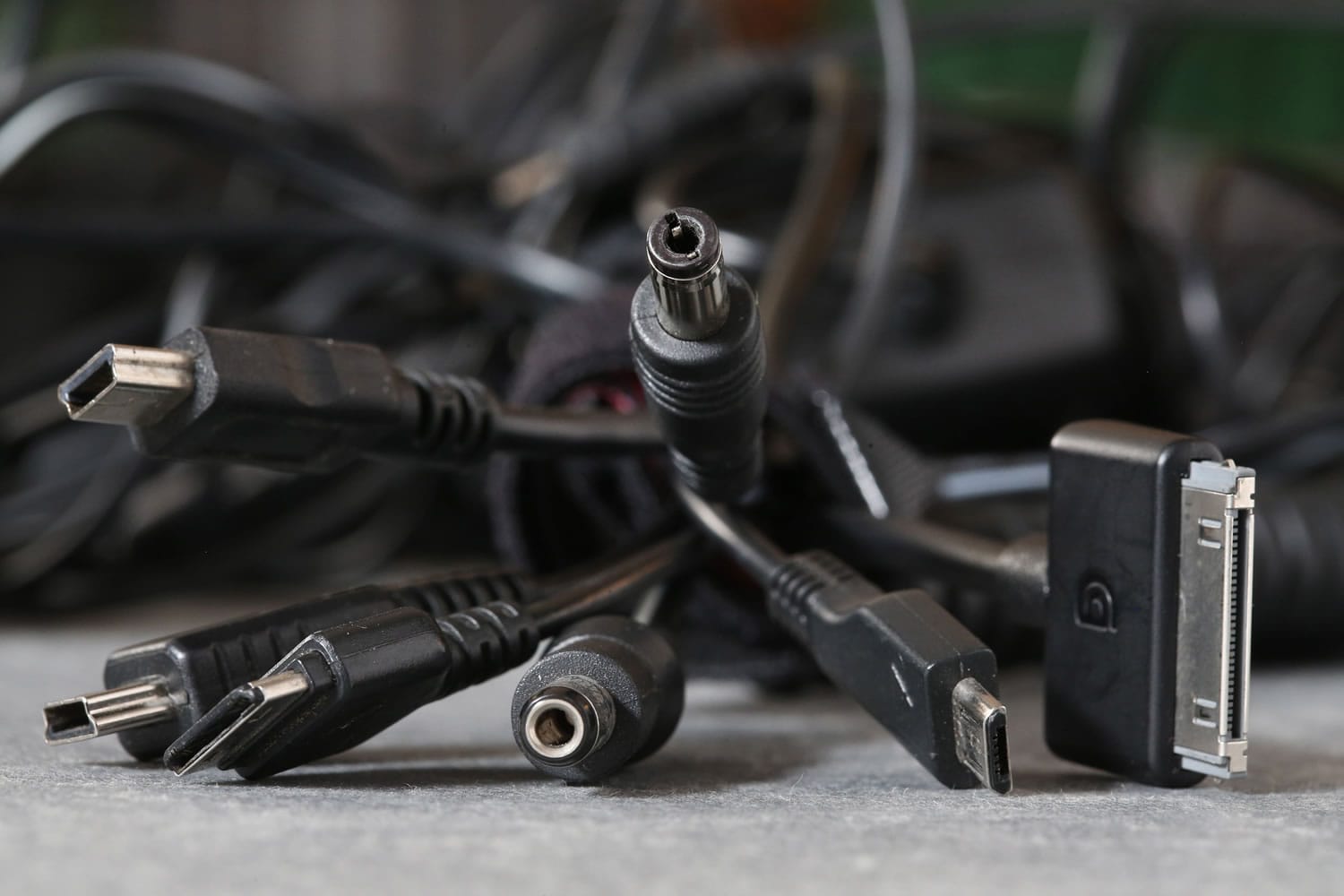SAN DIEGO — You’ve heard this story before. Someone gets fed up with their cable company and drops the service. Either in an act of defiance or disillusionment, they choose instead to rely on Internet-based services and mobile apps for video entertainment.
It’s my story too. I joined the cord-cutters club in August, sacrificing all-you-can-watch for a la carte, DVR for whatever-is-available-now. But what’s interesting is not that my story is unique, but that my behavior is increasingly common.
It is the unremarkableness of choosing Netflix, Amazon Video, Hulu and other Internet-based services, or what’s called “over-the-top” options, in lieu of the traditional cable bundle that makes the cord-cutting trend remarkable.
My experience is part of a broad movement away from bloated bundles, said Paul Verna, an EMarketer analyst who researches the cord-cutting trend. There are roughly 8.6 million homes in the U.S. like mine considered “cord-cutters,” meaning they have high-speed Internet access but no cable or satellite television subscription, according to a study published this year by Experian Marketing Services.
“I think (cable) is a thing of the past,” said Deb Cole. The Mission Beach, Calif., resident, in her late 30s, ditched cable in 2009 and now swears by her streaming accounts: Netflix, Amazon Video and HBO. “I loved my DVR and would record all these stations,” she said. “The problem was I had to be home to watch them.”
Even Richard Combs, 40, of Kensington, Calif., as traditional a television viewer as you can find, went cable-less a month ago. He took his wife and two kids with him to a strictly streaming entertainment diet with help from his Amazon Fire TV set-top box.
“The first few days were kind of weird,” Combs admitted. “But I have to tell you, it’s better.”
Better, in part, because cutting no longer requires complicated configurations. All you really need is $100 or less for a set-top box such as an Apple TV, Amazon Fire TV or Roku, or an even more affordable streaming stick like Google’s Chromecast. Then, your TV transports you into the always-expanding realm of Internet programming, which isn’t as foreign as it sounds. Netflix and Amazon are, for instance, becoming networks in their own right with must-watch original series that arguably best the TV shows on the big four networks.
If you can’t give up traditional TV, you don’t have to. A digital antenna — I’m using a Winegard HDTV FlatWave antenna ($30) that I slapped up on my window — can provide your ABC, NBC or CBS fix free of charge. And Hulu, though not the perfect replacement for cable TV, has enough in-season network content to make giving up your DVR less painful.
Plus, this year a series of radical industry maneuvers have changed TV as we know it, making it easier than ever to dump your cable company.
HBO and Showtime began selling their content catalogs as over-the-top options, meaning consumers can pay per month — $15 and $11, respectively — to stream the premium networks. Even CBS now sells its shows direct to consumers through a $5.99-per-month service called CBS All Access. And Sling TV, which launched in February, offers a squished version of the cable package: 23 channels including ESPN, TBS, CNN and HGTV, all streaming live and on-demand via the Sling TV app for $20 per month.
More options are on their way, meaning it’s not inconceivable that your favorite channel will have its own subscription-based streaming app.
“There are some people who say (cord-cutting is) overblown,” said EMarketer’s Verna, “but if it wasn’t real, you wouldn’t see stand-alone services pop up.”



